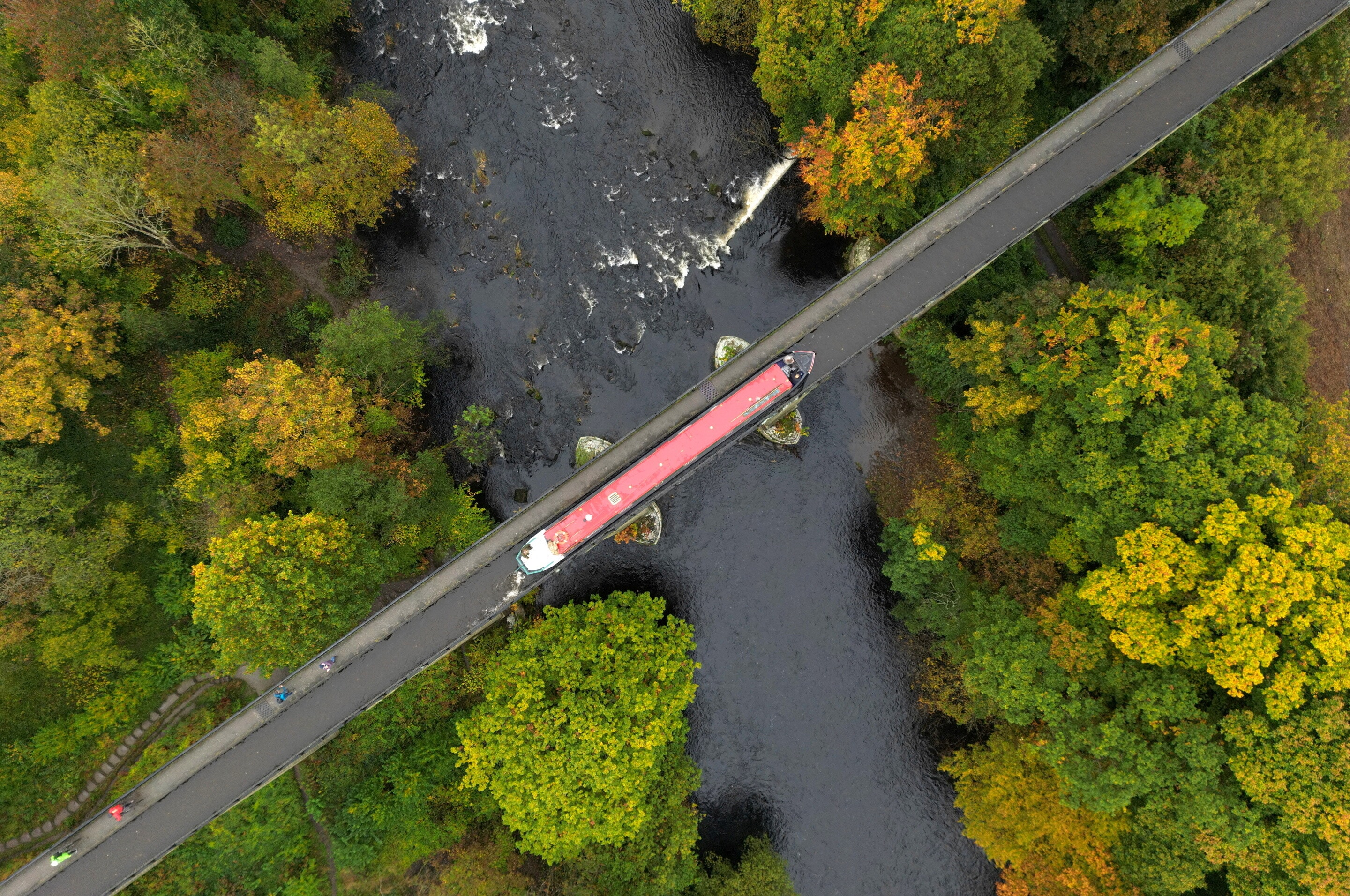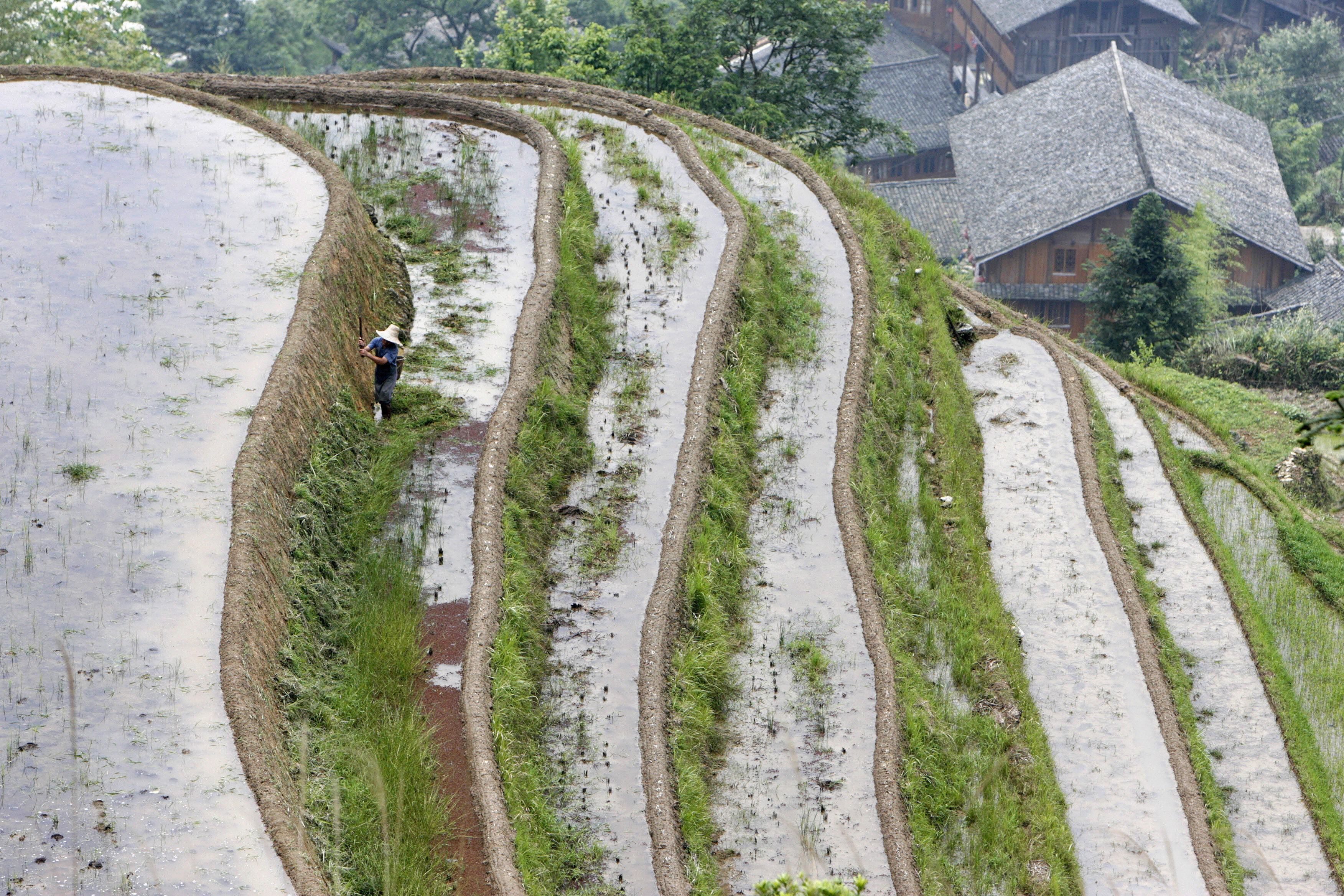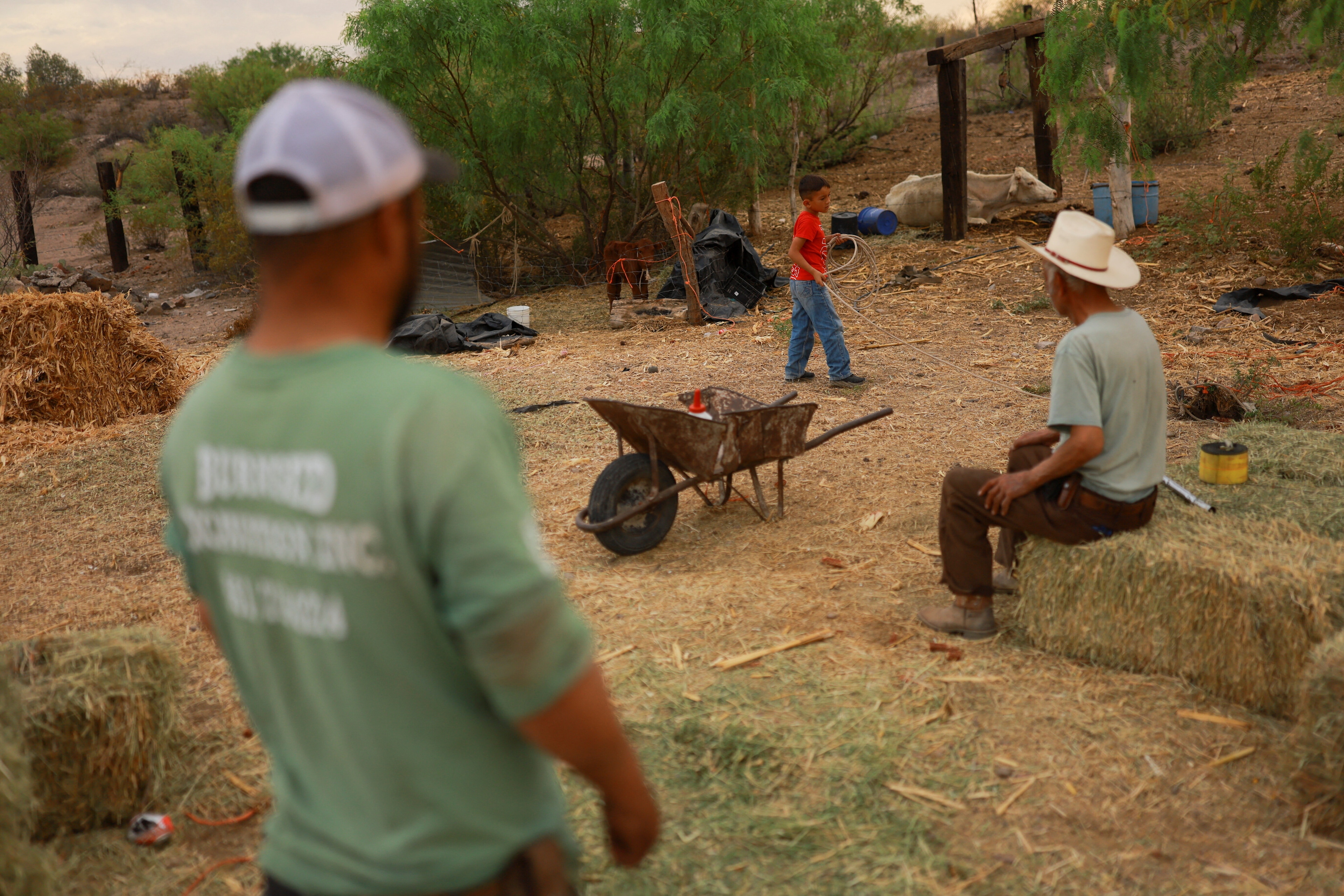Renovation and reinvention are key to saving our food system. Here's why

An alternative meats protein lab in Winnipeg, Canada.
Image: Reuters/Shannon VanRaes
Help us prevent the spread of disinformation
This article has been intentionally misrepresented on other websites that spread false information. Please read the piece yourself before sharing or commenting.
- The food transition requires comprehensive transformation.
- Renovation involves incremental changes to recipes and packaging that will gradually impact public health.
- Reinvention means systemic industry-level changes to production, distribution and consumption of food.
Our global food system is in urgent need of transition. At present, one-third of anthropogenic greenhouse gas emissions come from food production. At the same time, the global population is projected to reach nearly 10 billion people by 2050, which could increase the demand for food by 60%. Many of the ways we grow, manufacture and consume food are causing a dual crisis of human and environmental health, and the complexity will only intensify.
The food transition aims to reshape the way society produces, distributes, consumes and discards food – a transformation that will impact the mutual advancement of human and environmental health. The scale of change is akin to the energy transition. Reorienting to a low-carbon economy requires intervention at every level of strategy. For example, industries must adopt new sources of power such as solar and wind; companies must develop new technologies like batteries and storage; and consumers must shift modes of consumption through energy cooperatives and electric vehicle use.

The food transition involves a similarly comprehensive transformation, with two different stages of change: Renovation and Reinvention. While Renovation makes incremental improvements across the food value chain, Reinvention aims for systemic change: the fully scaled reorientation of food production in a way that alters the underlying structures within the modern food industry.

Renovate recipes and packaging
Renovation is the first stage of the food transition. It prioritizes the immediate reduction of more harmful ingredients and components in our food, including excessive levels of salt, sugar, fat and additives. Renovation can also enhance a product’s nutritional profile, such as by adding more fibre or micronutrients. Though the product-level impact is small, the overall contribution to diet can be significant. For example, if one multinational food company adds whole grain to its main product line of snacks, it could increase Americans' fibre intake by 5% by 2030. By prioritizing nutritional reformulation, we can mitigate adverse effects on public health, including the rise of chronic diseases such as obesity, diabetes and cardiovascular conditions.
Renovation could also mean adding probiotics to an existing product to improve microbiome health. As the body’s “second brain”, the gut plays a crucial role in regulating various physiological processes including digestion, metabolic function, immune function and even mental health. This microbiota-gut-brain axis can profoundly influence the holistic regulatory systems of the body, impacting responses to stress, anxiety and depression.
Reinvent the system
Despite the incremental benefits of Renovation, reformulation cannot address the scale of challenges facing the food industry. Reinvention calls for a radical overhaul across product categories and technologies, reimagining how food is produced, distributed and consumed to emphasize availability, nutrition and sustainability.
A great example of Reinvention is the introduction of alternative proteins. These sustainable replacements for animal proteins play an important role in reducing the overall impact of food supply chains, while enabling us to meet the growing demand for low-cost, nutrient-rich foods. Rapid advancements in plant-based R&D as well as bio-identical plant or animal proteins, fats and oils produced through precision fermentation and cell-cultivated biotechnologies, are opening up spaces for Reinvention. In 2024, Unilever launched their first precision-fermented “cow-free dairy”, which reduces the carbon footprint of their ice cream. Meanwhile, Nestlé developed a bio-identical whey protein supplement, their first animal-free protein powder. And they are not alone: According to GFI, 158 companies have publicly announced a primary focus on fermentation for alternative proteins in 2023, an increase of 16% from the year prior.
In addition to alternative proteins, the food industry can also reinvent through personalized nutrition. Advances in technology such as AI and data analytics could create diets unique to an individual's genetic make-up, lifestyle factors and health goals. Personalized nutrition can also minimize food waste by matching individuals with meal plans that use ingredients efficiently and effectively, reducing the overall environmental impact of food production and disposal. For example, start-up NourishedRx tailors a specific meal plan to a user’s unique combination of medical conditions, cultural foodways and other contextual factors like time, budget and transportation. This hyper-personalization supports long-term improvements in chronic conditions, in addition to enabling sustainable new dietary habits.
Reinvention can also look at the promotion of fresh food markets and direct-to-consumer distribution channels like the farm-to-fork models. By circumventing traditional intermediaries and connecting consumers directly with local farmers and producers, we can ensure the integrity and freshness of our food supply chain while fostering greater transparency and traceability.
Disruptions in food systems begin to scale as companies partner to combine different technologies. For example, the French start-up Numi is using cell cultures to develop a breast milk replacement for specific cases of restriction, while TurtleTree are using precision fermentation to create bovine lactoferrin to boost immunity.
What is the World Economic Forum doing to help ensure global food security?
The food transition is a pivotal moment in human history, demanding bold action across sectors, industries and disciplines. There is no singular approach to transformation, but it is critical that the food industry rebalance their approach to innovation with significantly more investment put towards Reinvention. By prioritizing strategies that reinvent, alongside renovation, we can chart a course toward a more resilient, equitable and sustainable food system for generations to come. To learn more about food system reinvention, stay tuned for our Nutrition Innovation Playbook – From Renovation to Reinvention, to be released in the coming weeks.
Accept our marketing cookies to access this content.
These cookies are currently disabled in your browser.
Don't miss any update on this topic
Create a free account and access your personalized content collection with our latest publications and analyses.
License and Republishing
World Economic Forum articles may be republished in accordance with the Creative Commons Attribution-NonCommercial-NoDerivatives 4.0 International Public License, and in accordance with our Terms of Use.
The views expressed in this article are those of the author alone and not the World Economic Forum.
Related topics:
Forum Stories newsletter
Bringing you weekly curated insights and analysis on the global issues that matter.
More on Food and WaterSee all
Aurora Matteini and Derek Baraldi
August 6, 2025
Mauro Gianni and Isidora Kosta
August 4, 2025
Hu Xiangdong and Felipe Carazo
August 1, 2025
Jose Ignacio Galindo and Nicolas Wertheimer
July 24, 2025
Arunabha Ghosh and Jane Nelson
July 22, 2025





